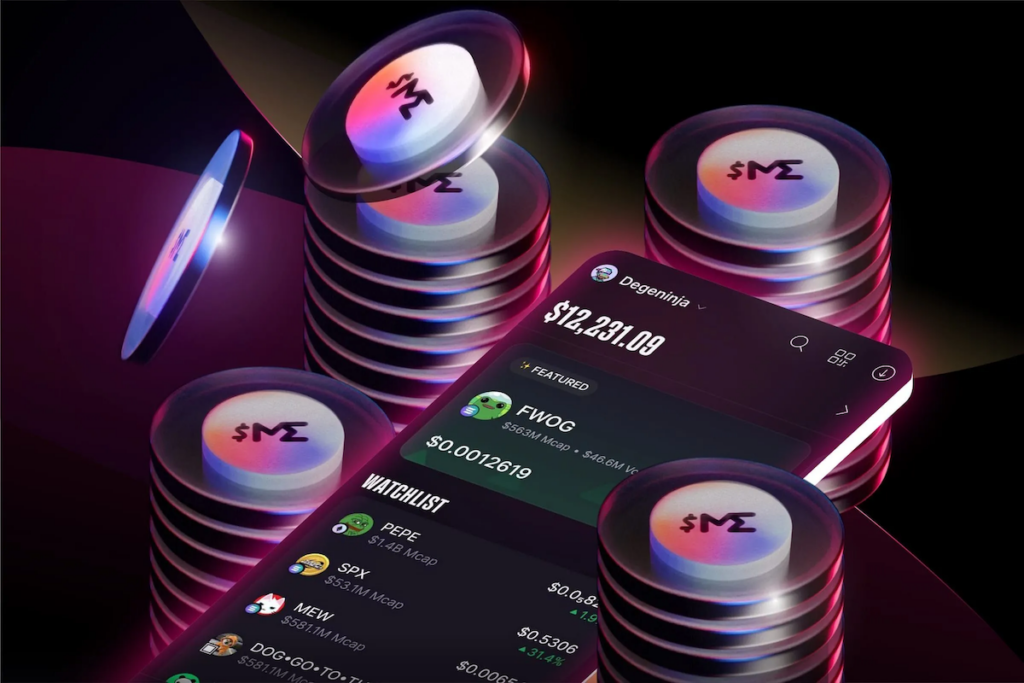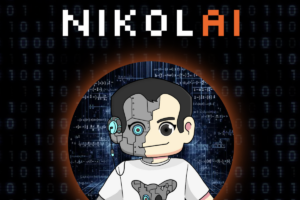Jacob Loewenstein began his Augmented World Expo lecture by apologizing. Fewer than a hundred people sat disguised and separated in Ballroom B of the Santa Clara Convention Center in the heart of Silicon Valley. She leads business development at Spatial, a venture-backed startup that has spent years pushing enterprise clients to invest in (VR) Virtual Reality meeting apps.
He started with a lecture on NFTs, virtual art houses, the Utah Jazz, and the burden of being dubbed a “future-of-work” app last Wednesday.”This is a strange situation,” Loewenstein said. Anyone who has tried Spatial may be wondering, ‘WTF? What is Spatial? How many more buzzwords…’ And the answer is yes if it helps us make money. “Joking.”
Spatial is following the money, not just Loewenstein‘s jokes. Right now, that’s towards the much-hyped NFT art market. Non-fungible tokens (NFTs) are digital certificates of ownership that are not transferable between parties. Some artists make millions by selling not only their digital work but also tokenized proof of ownership.
Because the token is based on the blockchain, cryptocurrency is the default currency. According to Bloomberg, during the first nine months of 2021, the crypto art sector generated sales of $3.5 billion. Spatial’s rapid move from virtual reality board meetings to non-traditional trading (NFT) auctions highlights the rapid changes that many digital companies must undertake to market better and more affordable products than larger competitors.
The decision to join the notoriously unpredictable world of NFT art appeared risky for Spatial, collaborating with partners such as Microsoft and clients such as Mattel and Pfizer.
Spatial
While Spatial was a pioneer in virtual reality workroom software. The company is now focusing its efforts on virtual art galleries that display non-fungible tokens, also known as NFTs, rather than virtual art in the traditional sense of the word.
The day prior, the company announced a $25 million funding round, which was announced at the same time as the new funding round was revealed. VR technology may be utilized for activities other than work-related experiences in the future, such as gaming or entertainment if the technology is developed further.
According to the initial concept for Spatial, employees would utilize virtual reality headsets to participate in meetings and cooperate by inspecting and assessing virtual goods. The company would provide the headsets.
On the other hand, recent consumer feedback has prompted the corporation to change its emphasis away from professional encounters and social connections. Due to this development, the corporation focuses on social contacts rather than professional interactions.
Except for its business partnerships with Mattel and Nestlé, the company has ended its business relationships with these companies. It has also withdrawn its apps from augmented reality headsets such as the Neal Light and Magic Leap One, among other things.
Final Thoughts
Spatial sees the potential of this still infant digital art market and if forecasts play out we are sure Spatial will have success in their new venture.




